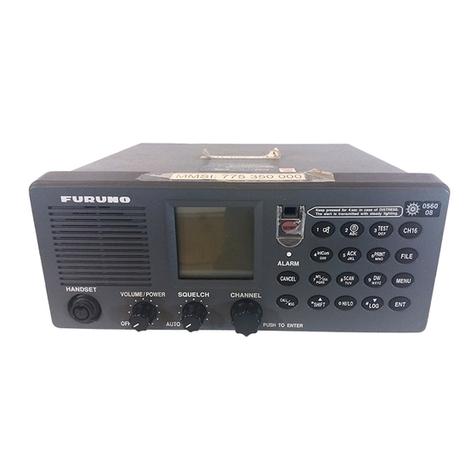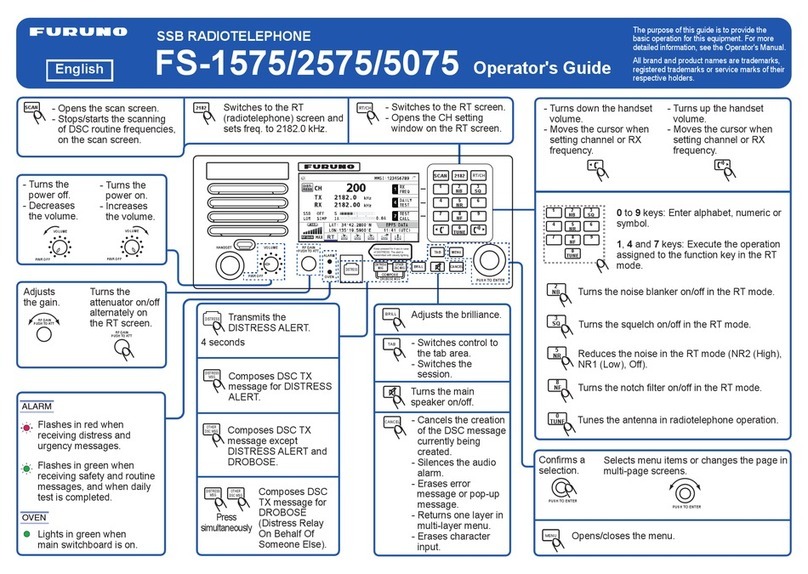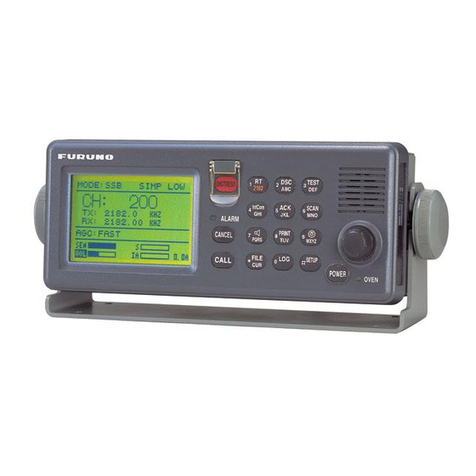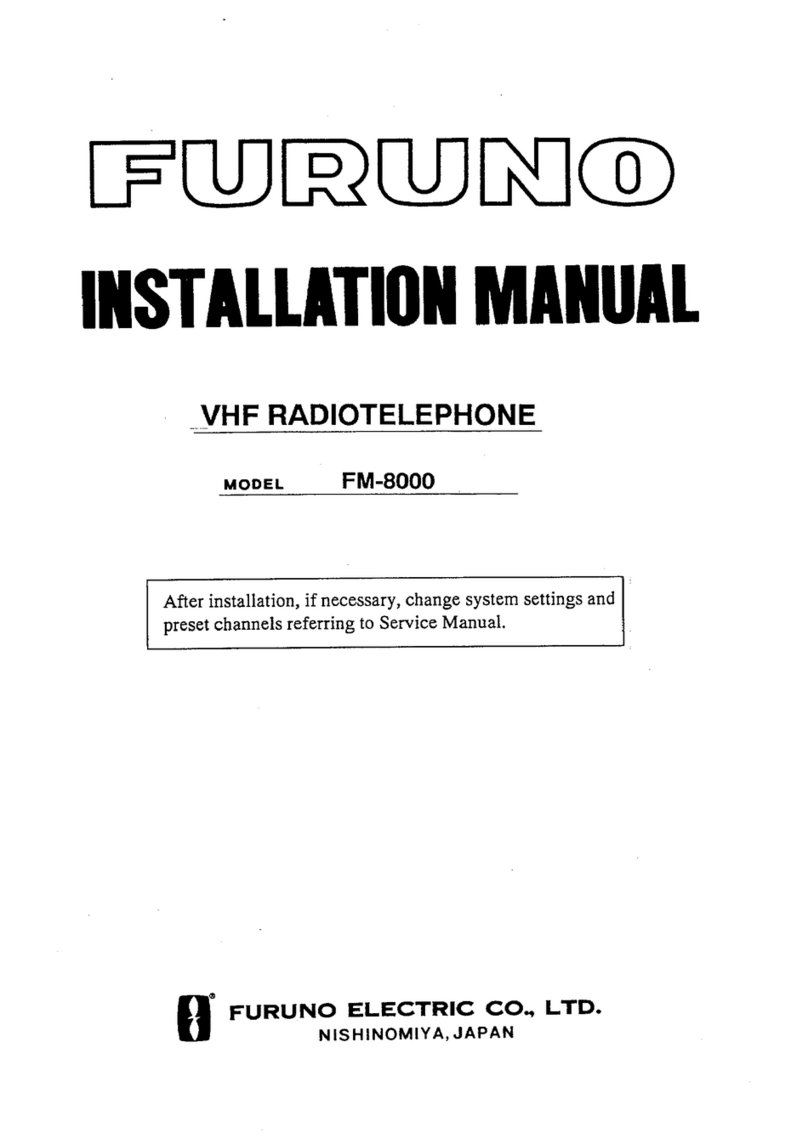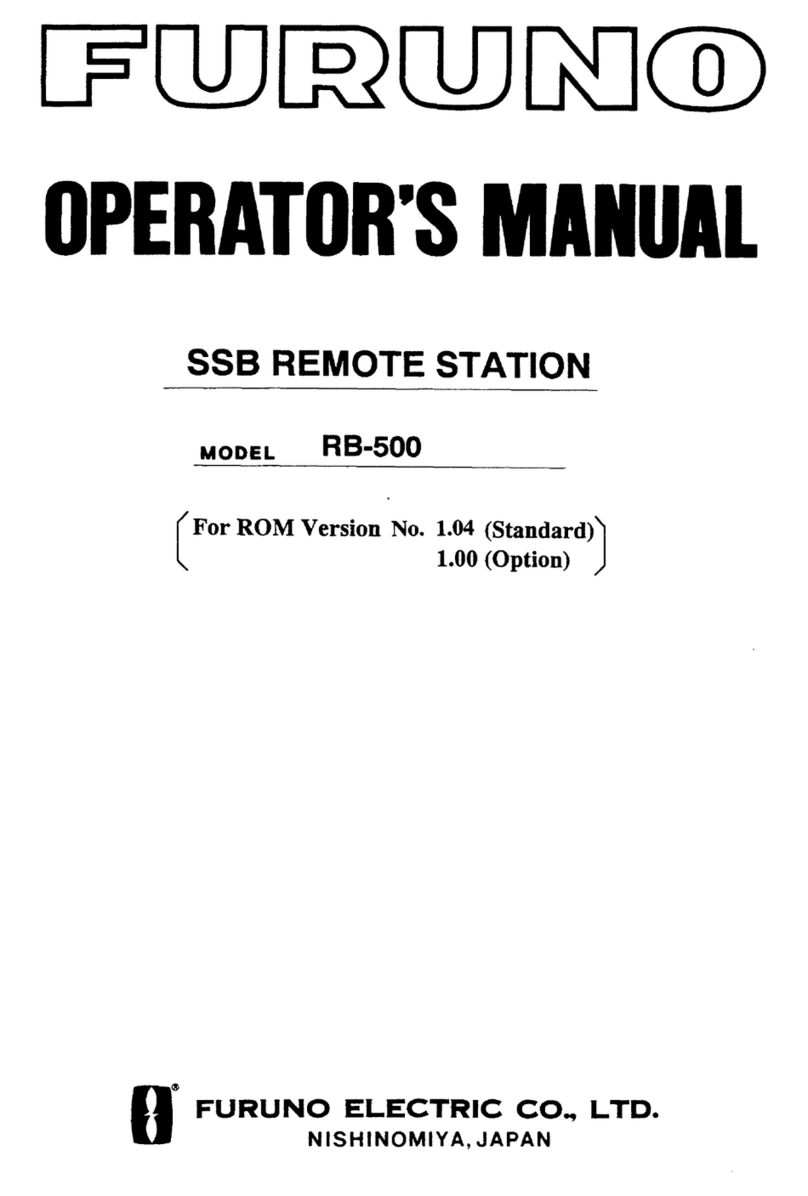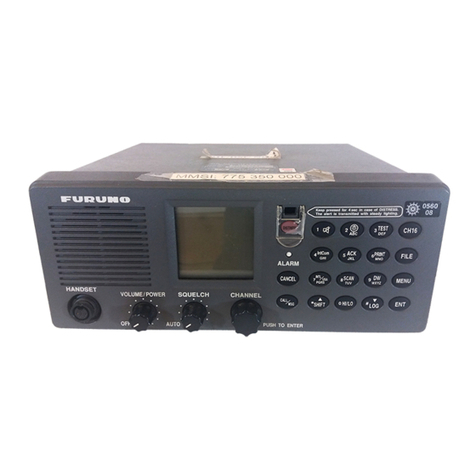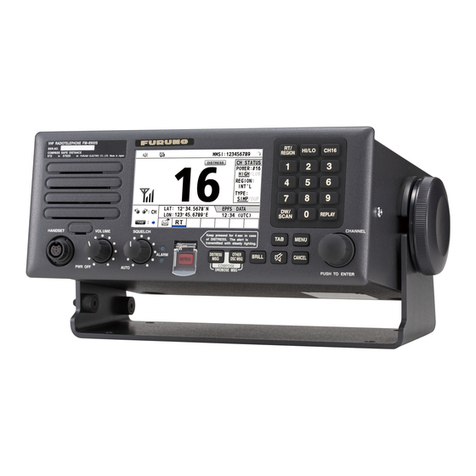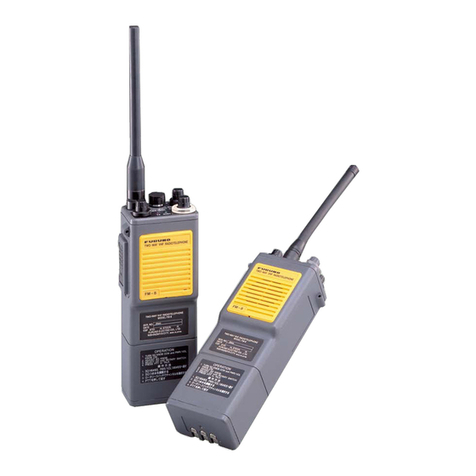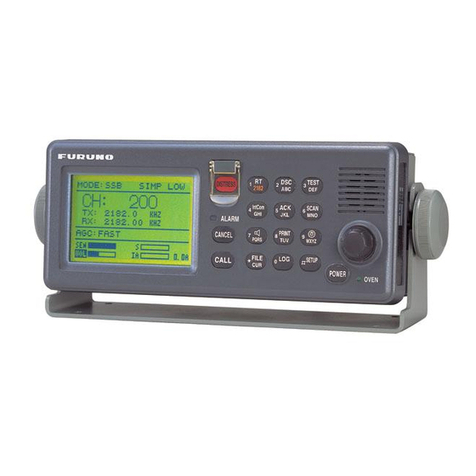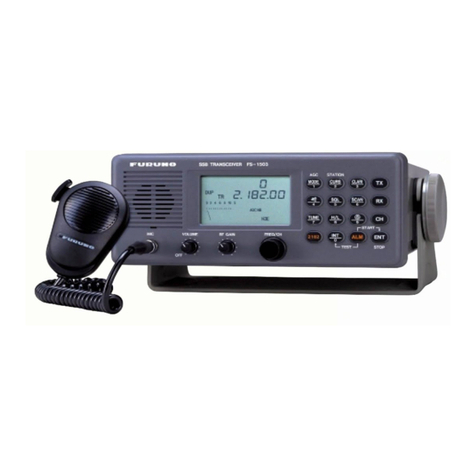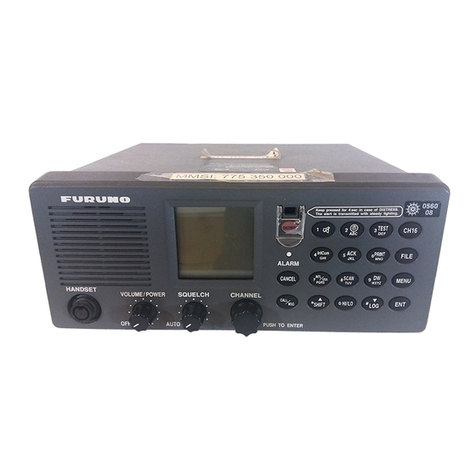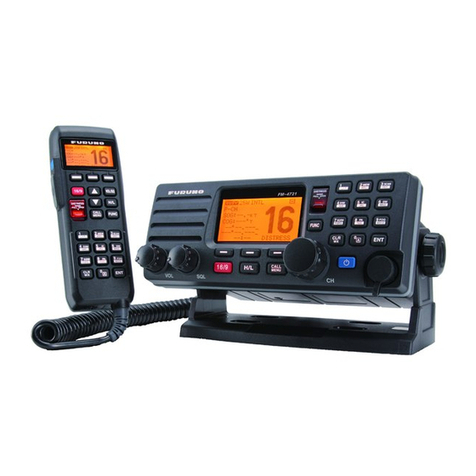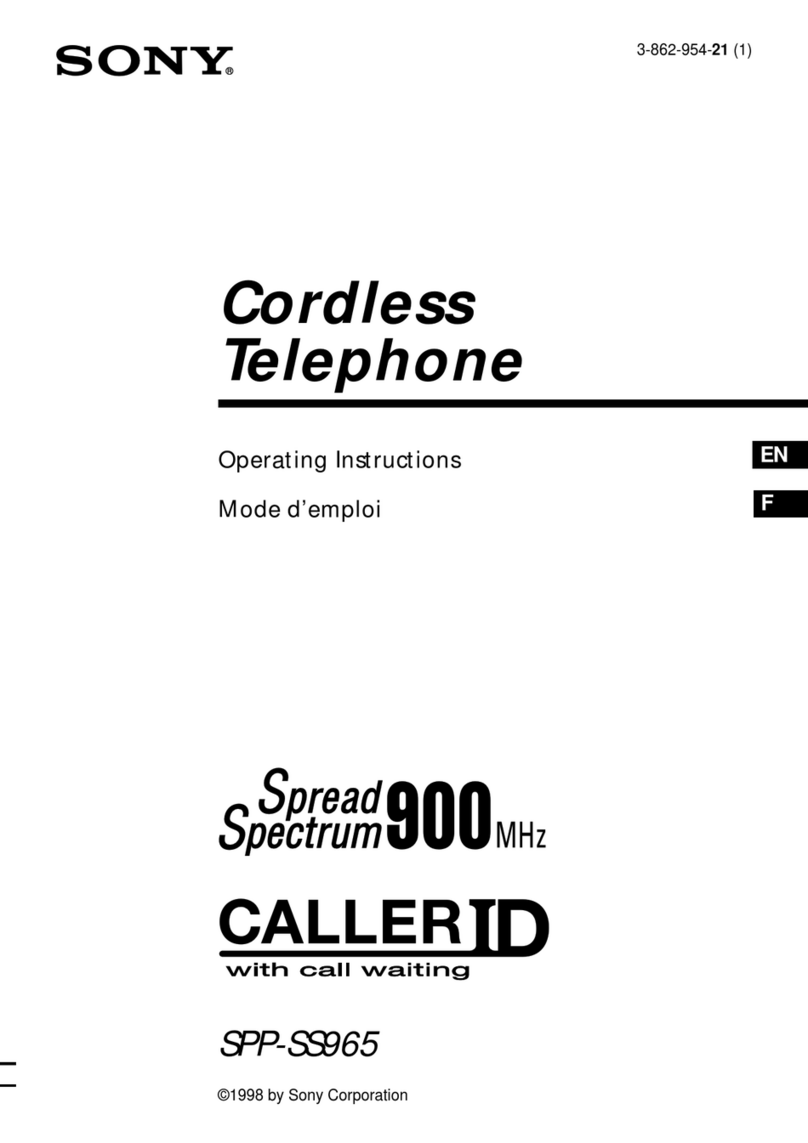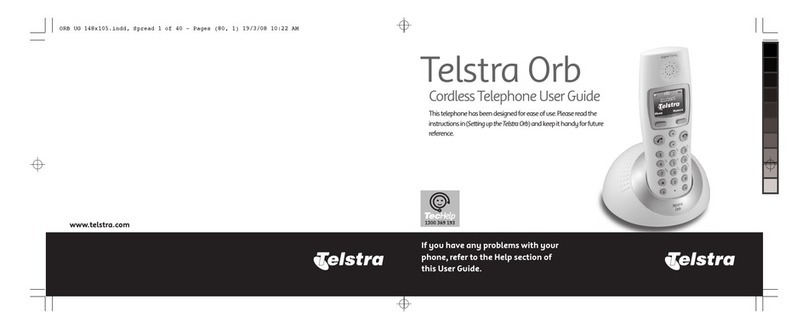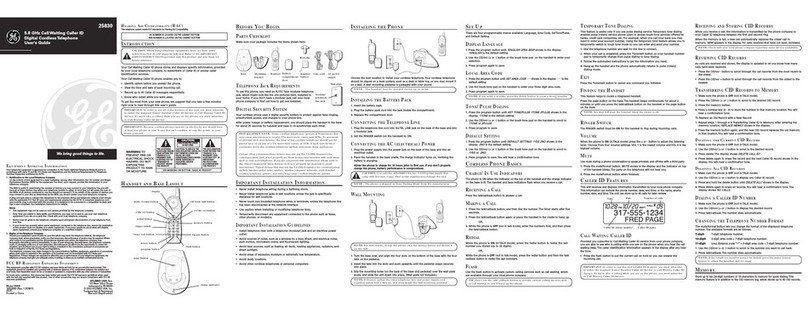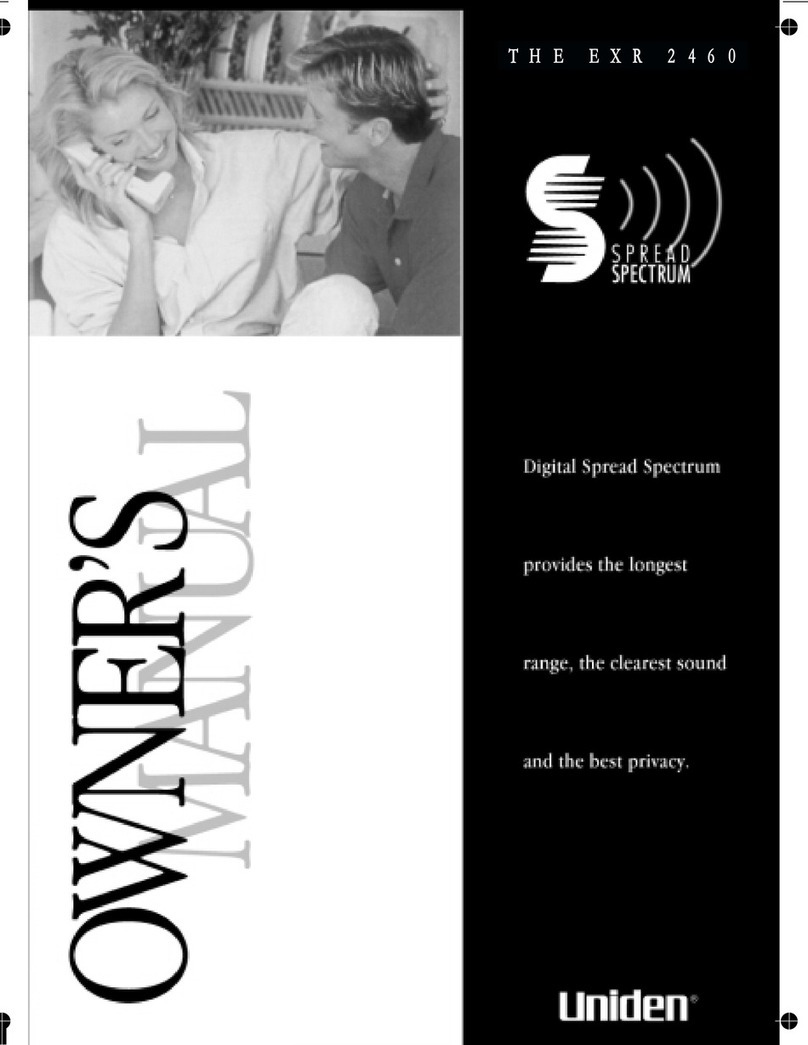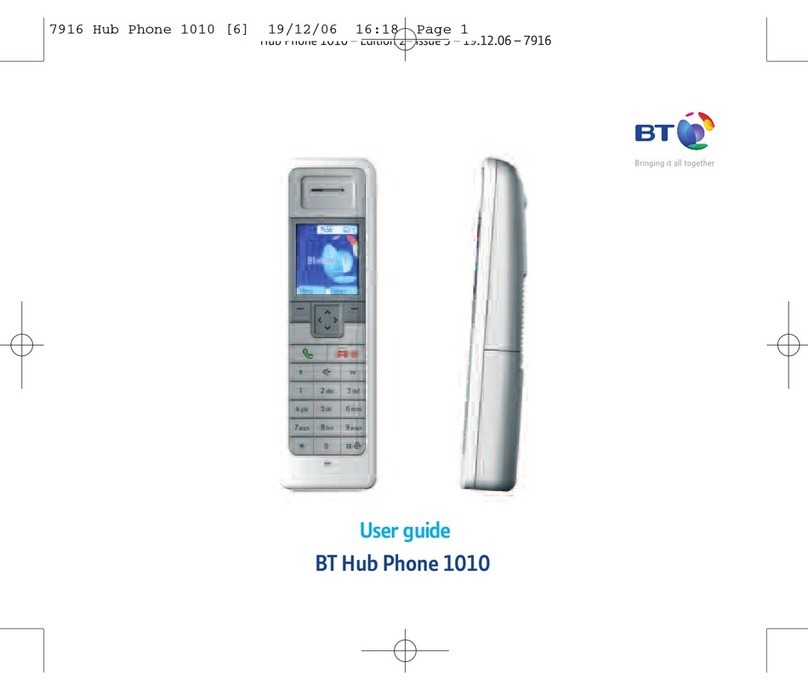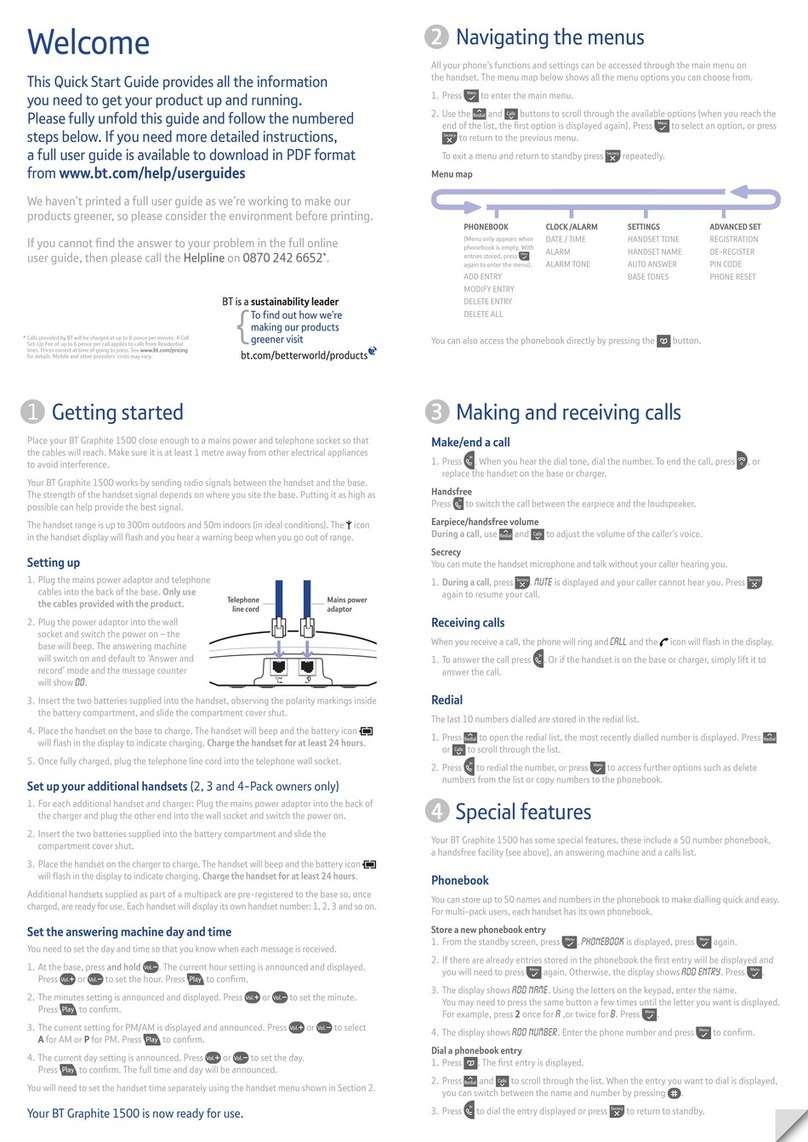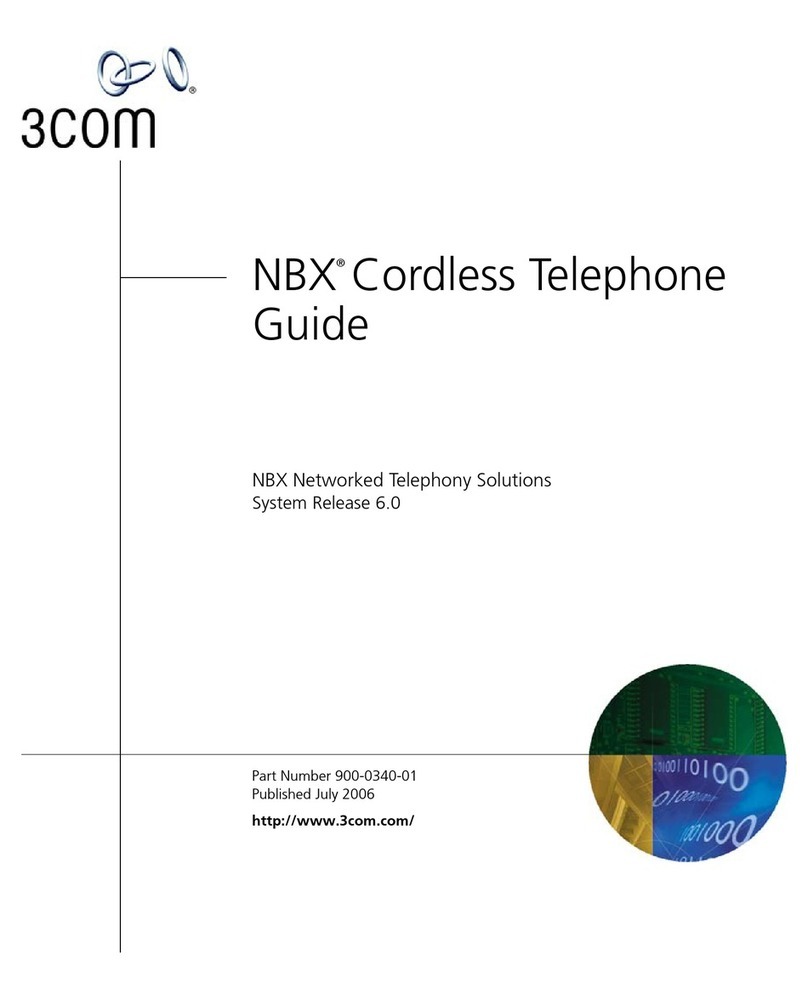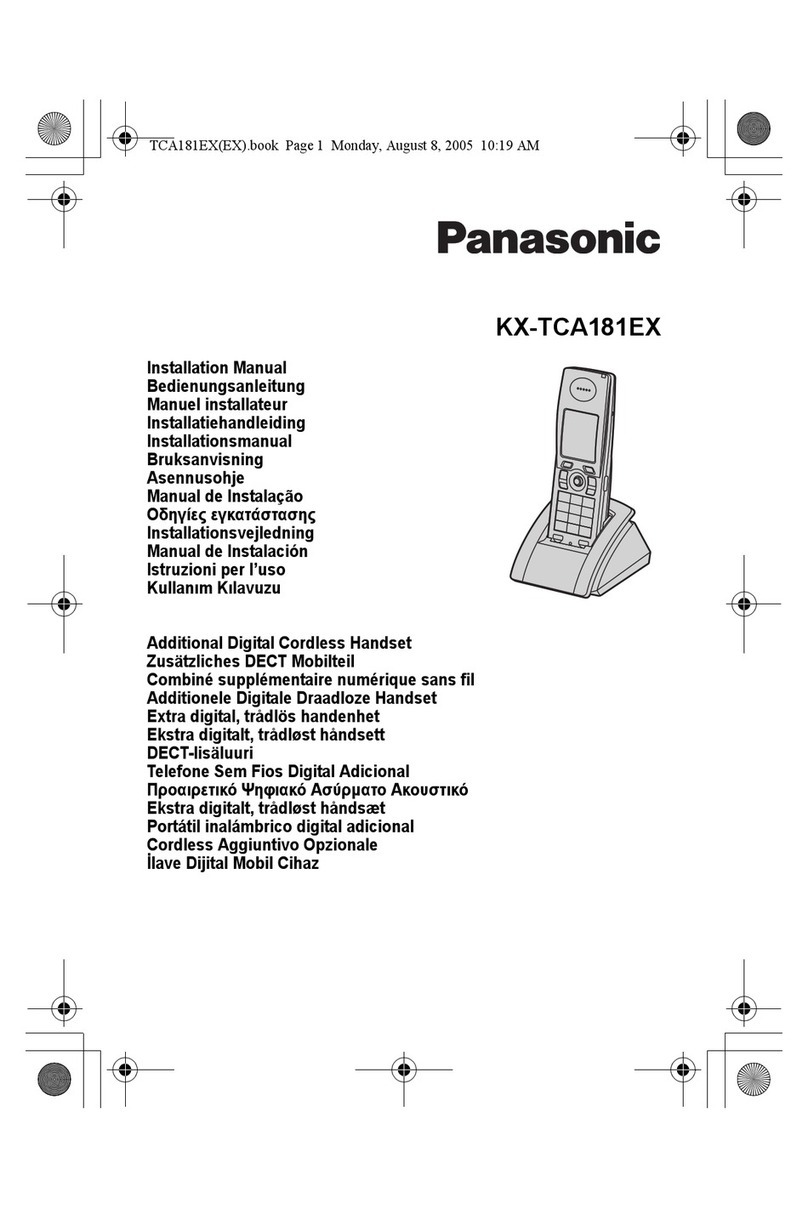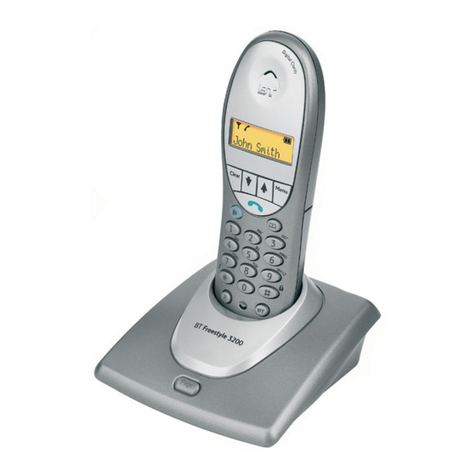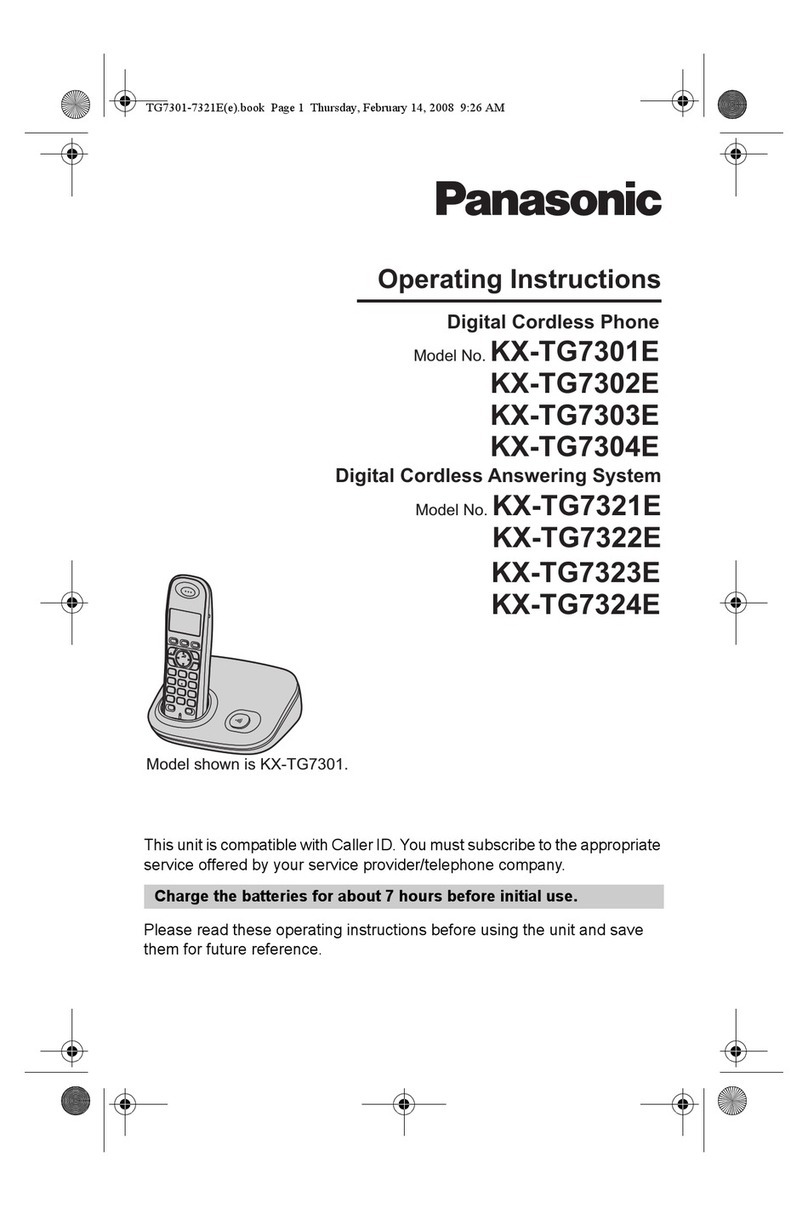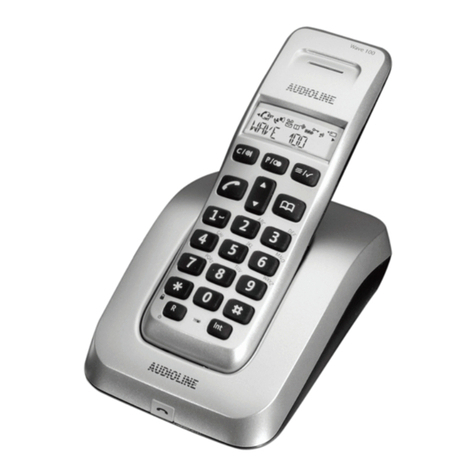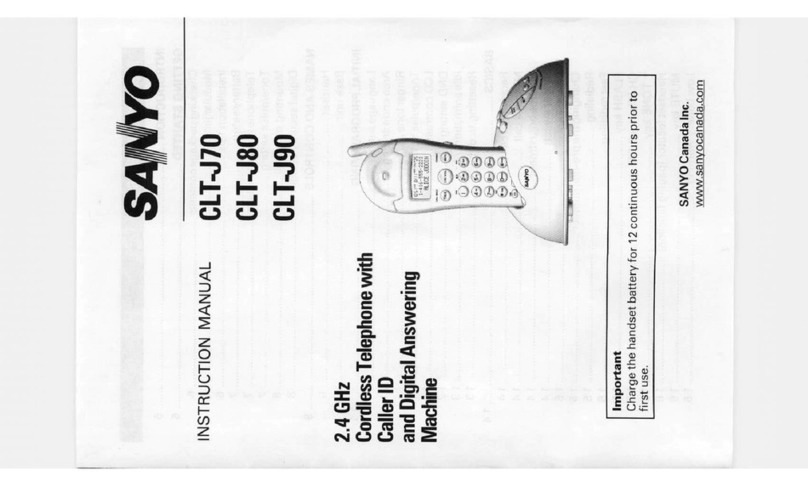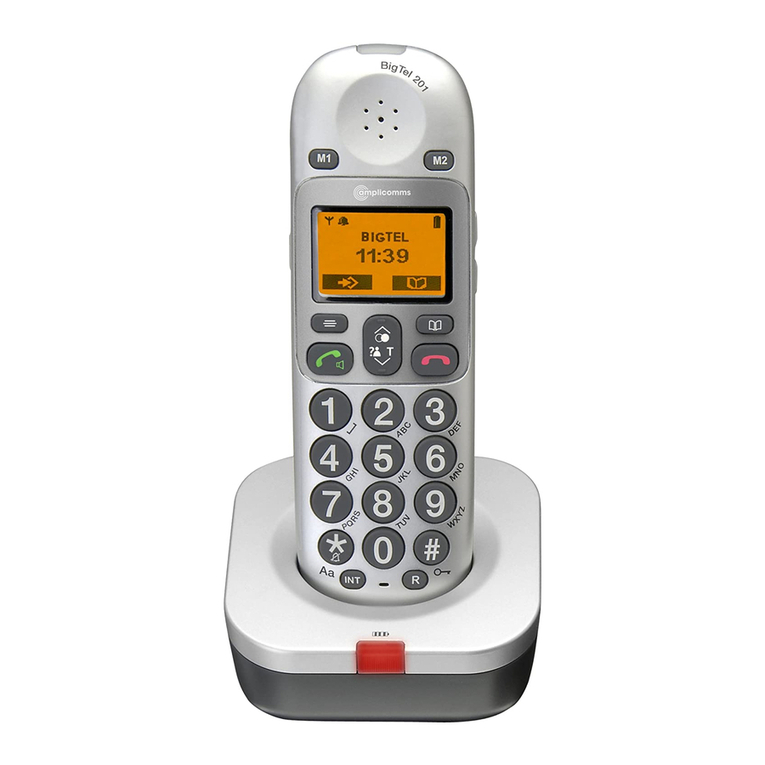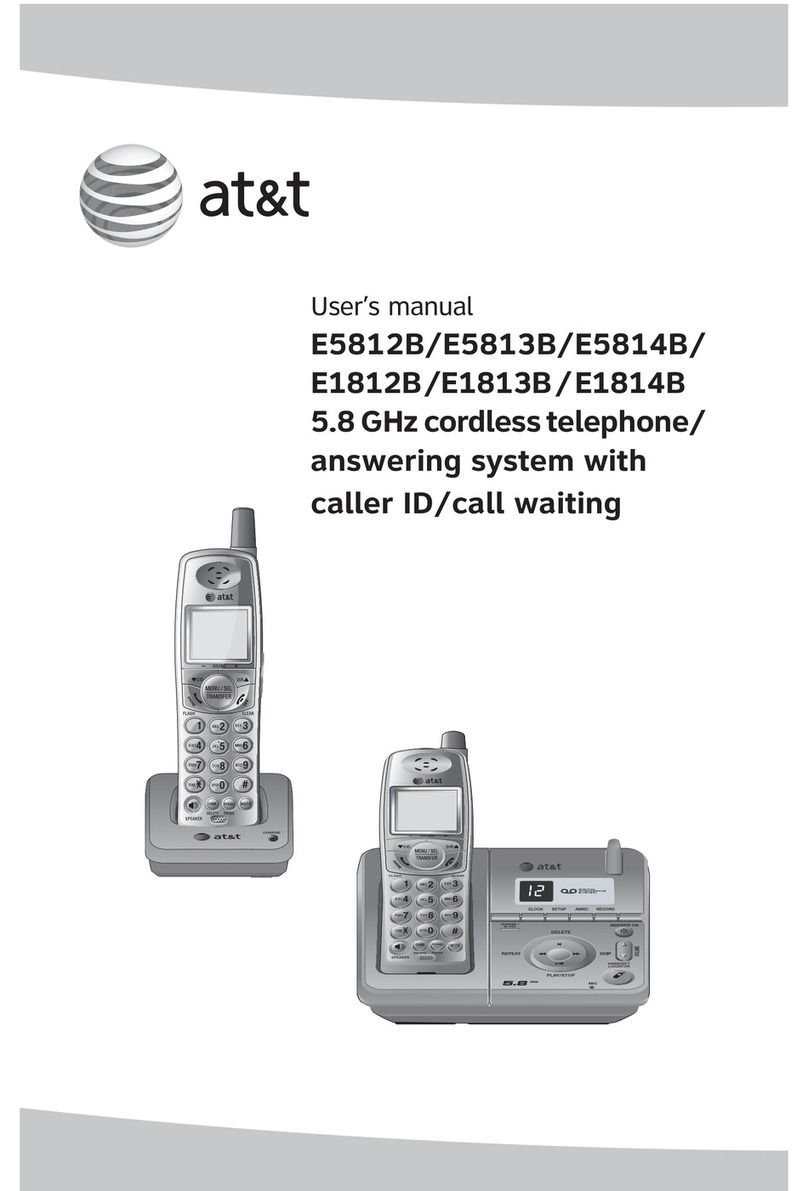Do not open the equipment unless
totally familiar with electrical circuits.
The equipment uses high voltage that
can cause electrical shock.
WARNING
Turn off the power at the mains
switchboard before beginning the
installation. Post a warning sign near
the switchboard to indicate that
power should not be applied while
the equipment is being installed.
Electrical shock, serious injury or fire
can result if the power is not turned off
or is applied while the equipment is
being installed.
Do not approach the antenna closer
than the distances shown below
when the antenna is transmitting.
The antenna emits radio waves that can
be harmful to the human body.
(MPE: Minimum Permissible Exposure)
100 W/m20.12 m
10 W/m20.39 m
0.2 mW/cm21.50 m
IEC 60945
IEC 60945
MPE by FCC
RF power density
on antenna aperture
Distance Description
required by
Maximum Antenna Gain: 6dBi
This device complies with part 15 of
the FCC Rules.
Operation is subject to the following
two conditions:
(1) This device may not cause harmful
interference.
(2) This device must accept any interfer-
ence received, including interference
that may cause undesired operation.
1.2 W/m22.50 m
MPE by IC
This transmitter must not be co-located
or operating in conjunction with any
other antenna or transmitter.
Note: This equipment has been tested
and found to comply with the FCC
standards.
These limits are designed to provide
reasonable protection against harmful
interference in a commercial installation.
This equipment generates uses and can
radiate radio frequency energy and, if
not installed and used in accordance
with the instructions, may cause harmful
interference to radio communications.
However, there is no guarantee that
interference will not occur in a particular
installation.
If this equipment does cause harmful
interference to radio or television
reception, which can be determined by
turning the equipment off and on, the
user is encouraged to try to correct the
interference by one or more of the
following measures:
- Reorient or relocate the receiving
antenna.
- Increase the separation between the
equipment and receiver.
- Connect the equipment into an outlet
on a circuit different from that to which
the receiver is connected.
- Consult the dealer or an experienced
radio/TV technician for help.
[Radiation Exposure Statement]
This equipment complies with FCC
radiation exposure limits set forth for
an uncontrolled environment.
This equipment complies with FCC
radiation exposure limits set forth for an
uncontrolled environment.
This antenna should be installed with
minimum distance 150cm from your
body.
ISEDC RSS warning
This device complies with Innovation,
Science and Economic Development
Canada Compliance RSS standard
(s). Operation is subject to the following
two conditions: (1) this device may not
cause interference, and (2) this
device must accept any interference,
including interference that may cause
undesired operation of the device.
Le présent appareil est conforme aux
CNR d'Innovation, Sciences et Dével-
oppement économique Canada
applicables aux appareils radio.
L'exploitation est autorisée aux deux
conditions suivantes:
(1) l'appareil ne doit pas produire de
brouillage, et
(2) l'utilisateur de l'appareil doit accepter
tout brouillage radioélectrique subi,
même si le brouillage est
susceptible d'en compromettre le
fonctionnement.

